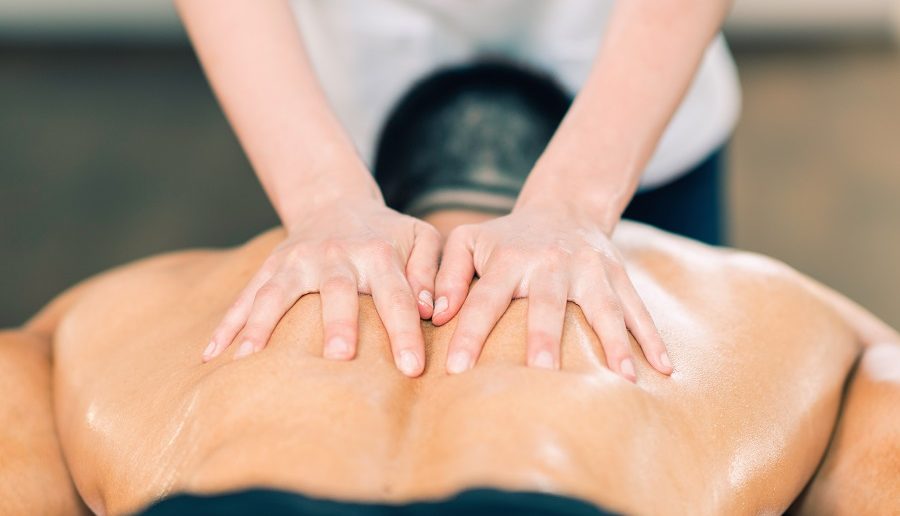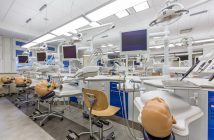What is Amatsu Therapy?
When you talk about physical therapies, you will come across quite a few practiced around the world. One of them is known as Amatsu Therapy. It is a type of physical therapy that is highly beneficial in restoring the balance to your body with the help of natural body movements. These movements helps to correct the anatomical dysfunction and give proper balance to your body. Amatsu originated from the martial traditions in Japan. Plenty of clinical experiences and research work helped it to evolve into its present form, which is widely used in the Western world. However, the philosophies of Amatsu is still the same as it was 2000 years back.
3 osteopaths from the British Isles were invited by Dr. Hatsumi in the year 1986 to learn Amatsu. These included Dennis Bartman from Hartlepool, William Doolan from Dublin, and Chris Roworth from Hillingdon. During their days of training, which went on for a long time, they used Western methods to judge the positive effects of Amatsu. These 3 formulated a therapy, which was similar to the teachings of Dr. Hatsumi and, at the same time, scientific for the Western world. After returning home, these 3 came up with training schools in order to fulfil the wishes of their trainer. It was Dr. Hatsumi’s wish to let the world know about Amatsu and its benefits.
What is Amatsu?
Several diagnostic tools were used extensively to develop Amatsu Therapy. These tools were chosen from a wide range of disciplines, which includes orthopedic testing and muscle testing. The sole purpose of this was to learn and explain the natural principles of the human body. During Amatsu therapy, the practitioner will assess all the specific dysfunctions and come up with the most effective way to restore the physical balance to the entire body without much intervention.
This is completely possible with the application of Taijutsu. This helps to make the Amatsu therapy unique. Taijutsu mainly means the natural movement of the body. It is basically used by the Amatsu practitioner to induce various types of movement in his client. As a result of this, the entire body experiences proper correction of balance. This method of therapy is quite similar to the Biotensegrity principle, which was explained by Dr. Steven Levin. According to him, Biotensegrity looks at the human body as a self-supporting and holistic unit and not as a traditional bio-mechanic machine.
In an Amatsu therapy, a wide array of soft tissue work techniques are used in order to realign the physical structure of the body. As a result of this, the efficiency level of your fascia, muscles, ligaments, and tendons improve. The end result is proper space for the various joints and different functional organs to work properly. At the same time, it also helps to improve the physical movement of the body. Amatsu primarily looks at the interaction of the 5 factors or health, which include Nutrition, Structure, Environment, Emotion, and Energy. These are inter-dependent and can easily cause illnesses in any part of your body.




